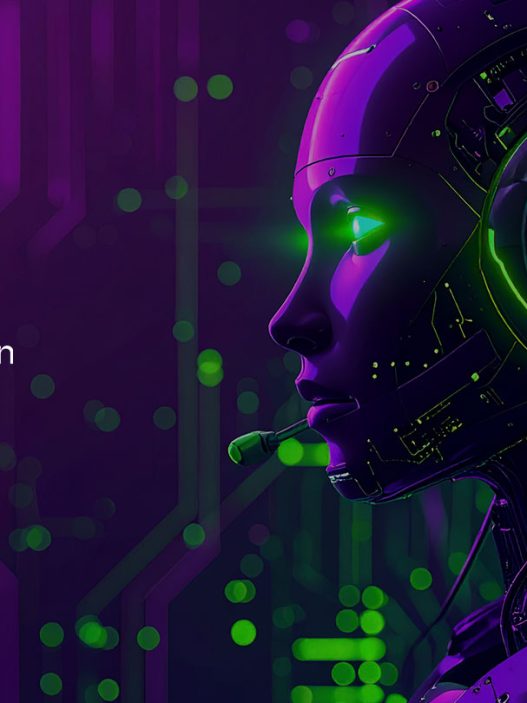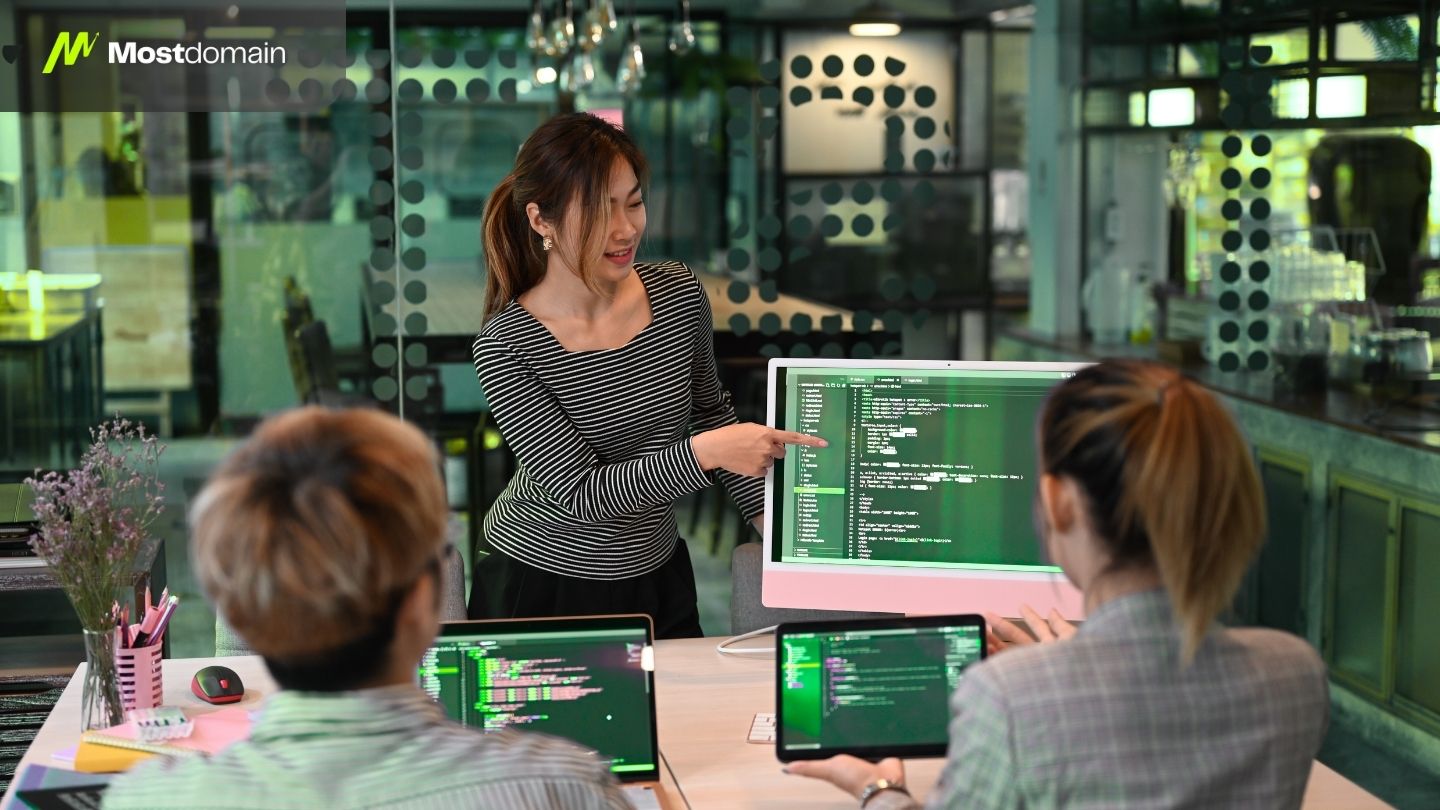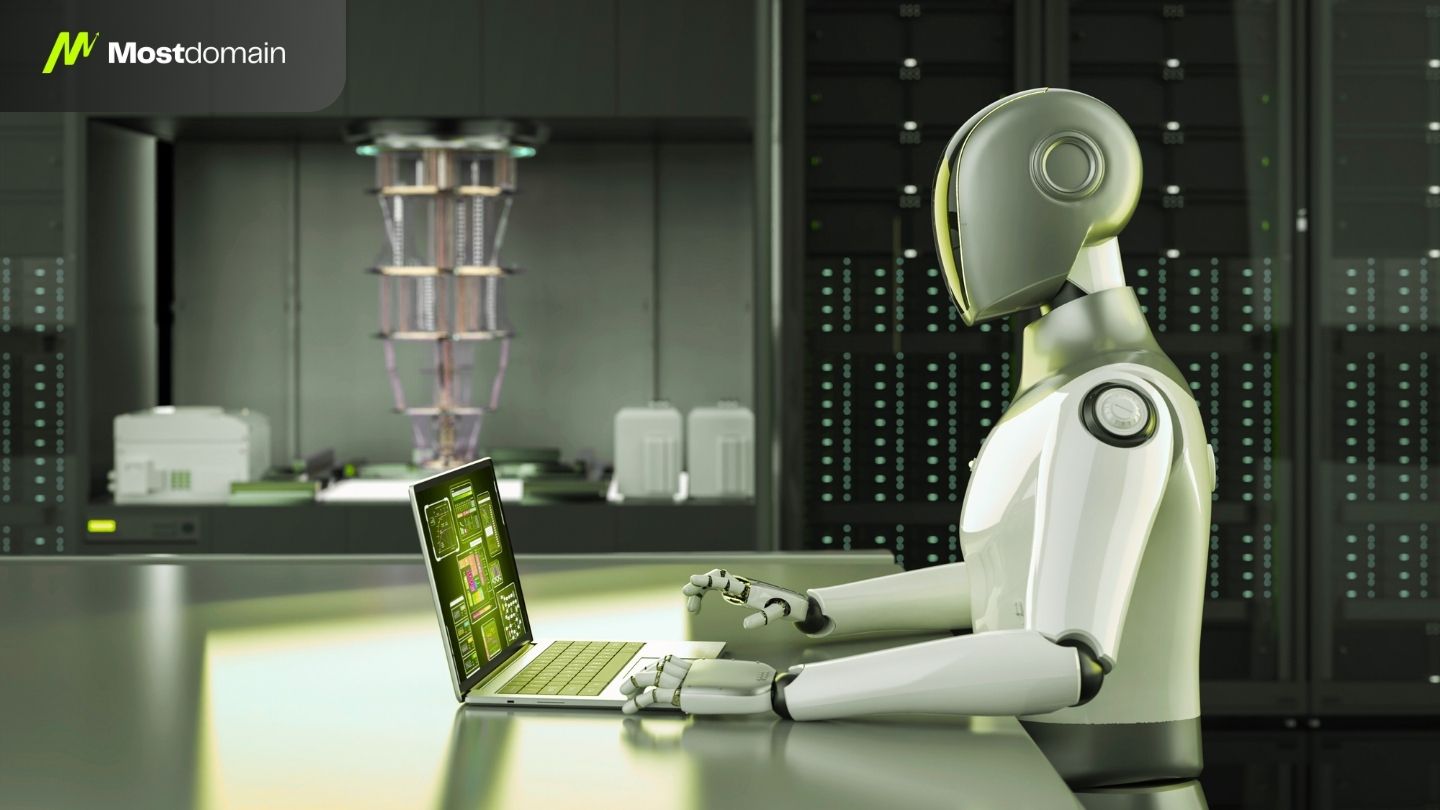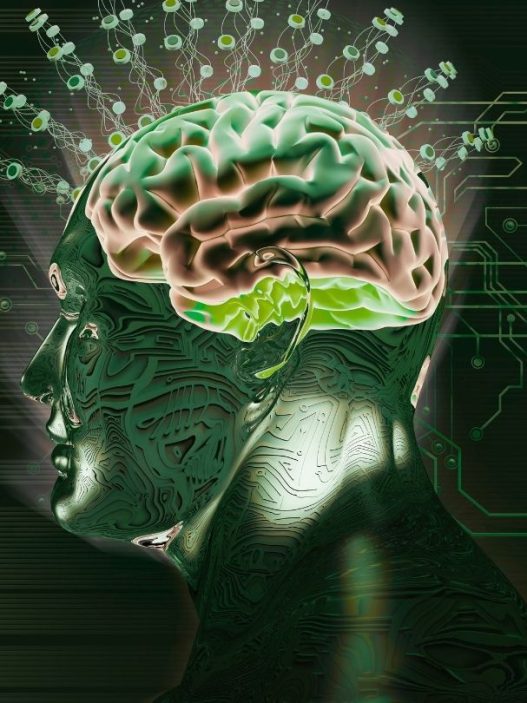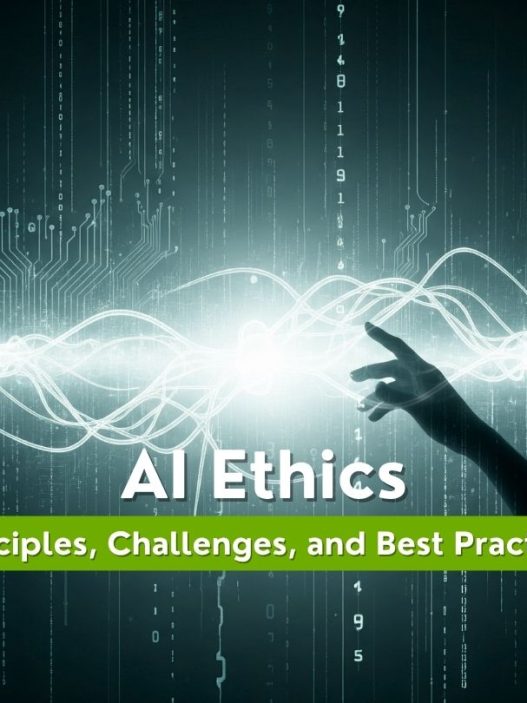Computer vision technology first captured my attention in 2015 when I witnessed a machine correctly identify a cat in a photograph at a tech conference. The system didn’t just recognize that there was something in the image—it specifically identified the breed, estimated the cat’s age, and even detected its emotional state. That moment fundamentally changed how I understood the potential of artificial intelligence.
Today, as I write this in 2025, computer vision has evolved from a fascinating research project into a technology that touches virtually every aspect of our daily lives. From the moment you unlock your smartphone with Face ID to the autonomous vehicles navigating our streets, computer vision is quietly revolutionizing how machines interact with the visual world.
According to recent industry reports, the global computer vision market is projected to reach $386 billion by 2031, up from $126 billion in 2022—representing a staggering 217% growth in less than a decade. This isn’t just another tech trend; it’s a fundamental shift in how we build intelligent systems.
Computer vision enables machines to interpret, analyze, and understand visual information just like humans do, but often with greater speed, accuracy, and consistency.
What Exactly Is Computer Vision?
Let me break this down in the simplest terms possible. Computer vision is a field of artificial intelligence that trains computers to interpret and understand the visual world. Think of it as giving machines the ability to “see” and make sense of what they’re looking at, much like how your brain processes the visual information your eyes capture.
When I explain this concept to business leaders, I often use this analogy: imagine hiring an employee who never gets tired, never blinks, and can analyze thousands of images per second with perfect accuracy. That’s essentially what computer vision technology offers—an artificial visual system that can process, analyze, and act on visual data at superhuman speeds.
The technology combines several disciplines including machine learning, deep learning, and neural networks to achieve what scientists call “artificial visual perception.” Unlike traditional image processing, which simply manipulates pixels, computer vision actually understands what it’s seeing and can make intelligent decisions based on that understanding.
| Traditional Image Processing | Computer Vision |
| Manipulates pixels | Understands content |
| Rule-based operations | Learning-based analysis |
| Limited adaptability | Continuous improvement |
| Manual programming required | Self-learning capabilities |
How Does Computer Vision Actually Work?
I’ve had the privilege of working with computer vision systems for over a decade, and I’m constantly amazed by the elegant complexity of how these systems operate. Let me walk you through the process that happens every time a machine “sees” something.
The journey begins with image acquisition—essentially, a digital camera captures light and converts it into a mathematical representation. Each pixel in an image contains numerical values representing color and intensity. For a color image, these might be RGB values (Red, Green, Blue), while grayscale images use single intensity values.
Here’s where it gets fascinating: the computer doesn’t see a “cat” or a “car” like we do. Instead, it sees a matrix of numbers. A typical smartphone photo might contain millions of these numerical values, creating what we call a multi-dimensional array or tensor.
What Happens During the Learning Process?
The magic happens during training, where we feed the system thousands or millions of labeled examples. I like to think of this as teaching a child to recognize objects, but at an incredibly accelerated pace. The system uses convolutional neural networks (CNNs) to identify patterns, edges, textures, and shapes.
During my work implementing computer vision solutions, I’ve observed that the system learns hierarchically. First, it identifies simple features like edges and corners. Then it combines these into more complex patterns like curves and shapes. Finally, it assembles these patterns into recognizable objects.
Modern computer vision systems can achieve over 99% accuracy in image recognition tasks—often surpassing human performance in controlled conditions.
Where Is Computer Vision Making the Biggest Impact?
Over the years, I’ve witnessed computer vision transform industries in ways that seemed impossible just a decade ago. Let me share some of the most compelling applications I’ve encountered in my professional experience.
Can Doctors Really Trust AI to Read Medical Scans?
In healthcare, computer vision has become an invaluable diagnostic tool. I recently collaborated with a radiology department that implemented AI-powered mammography screening. The results were remarkable: the system detected 13% more breast cancers than human radiologists alone, potentially saving countless lives through earlier detection.
Medical imaging applications I’ve seen in practice include:
- Tumor detection in CT and MRI scans
- Diabetic retinopathy screening through eye photography
- Skin cancer identification using smartphone cameras
- Surgical planning and real-time guidance
The technology doesn’t replace doctors—it augments their capabilities, allowing them to make more accurate diagnoses faster than ever before.
How Close Are We to Fully Autonomous Vehicles?
The automotive industry represents one of the most visible applications of computer vision. Having tested several autonomous vehicle prototypes, I can tell you that the technology is remarkably sophisticated. These systems process input from multiple cameras, creating a 360-degree understanding of the vehicle’s environment.
Key automotive applications include:
- Object detection (pedestrians, vehicles, road signs)
- Lane departure warnings and assistance
- Adaptive cruise control
- Parking assistance and automated parking
| Level of Autonomy | Computer Vision Role | Current Status |
| Level 2 (Partial) | Driver assistance | Widely deployed |
| Level 3 (Conditional) | Environmental monitoring | Limited deployment |
| Level 4 (High) | Full environmental control | Testing phase |
| Level 5 (Full) | Complete visual processing | Research stage |
Is Computer Vision Revolutionizing Retail?
During my consulting work with retail chains, I’ve seen computer vision transform the shopping experience. Amazon’s “Just Walk Out” technology, which I had the opportunity to observe during its pilot phase, exemplifies this transformation. Customers simply pick up items and leave, while cameras automatically track their selections and charge their accounts.
Retail innovations I’ve implemented or observed:
- Automated checkout systems
- Inventory management and shelf monitoring
- Customer behavior analysis and heat mapping
- Loss prevention and security enhancement
Computer Vision vs. Machine Learning: What’s the Difference?
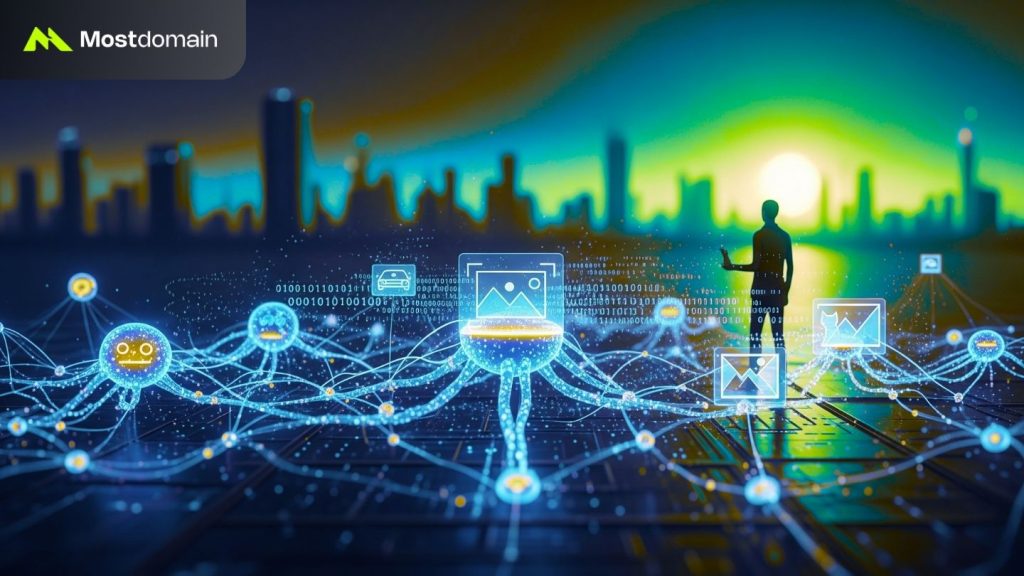
This is probably the most common question I receive from business leaders trying to understand the AI landscape. Let me clarify the relationship between these technologies based on my experience implementing both.
Machine learning is the broader field that enables computers to learn from data without explicit programming. Computer vision is a specialized application of machine learning that focuses specifically on visual data. Think of machine learning as the foundation and computer vision as one of its most sophisticated applications.
In my projects, I’ve found that computer vision systems typically require:
- Larger datasets (images are data-rich)
- More computational power (processing visual information is intensive)
- Specialized hardware (GPUs for parallel processing)
- Domain expertise (understanding both AI and visual perception)
While traditional machine learning might work with structured data like spreadsheets, computer vision deals with unstructured visual data that requires specialized preprocessing and analysis techniques.
How Can Your Business Start Using Computer Vision?
Based on my experience helping organizations implement computer vision solutions, I’ve developed a practical framework that minimizes risk while maximizing potential returns. Let me share the approach that has proven most successful.
What’s the First Step in Implementation?
I always recommend starting with a pilot project that addresses a specific, measurable business problem. During my consulting engagements, I’ve found that the most successful implementations begin with clearly defined objectives and success metrics.
Essential first steps include:
- Identify a specific use case with measurable ROI
- Assess your current data infrastructure
- Evaluate available tools and platforms
- Determine budget and timeline requirements
The beauty of modern computer vision platforms is that you don’t need to build everything from scratch. Cloud-based solutions from major providers offer pre-trained models that can be customized for specific needs.
What About Costs and ROI?
One of the most frequent concerns I encounter is about implementation costs. Based on my project experience, computer vision initiatives typically show positive ROI within 12-18 months when properly implemented. The key is starting with high-impact, low-complexity applications.
Typical cost considerations:
- Software licensing: $10,000-$100,000+ annually
- Hardware requirements: $5,000-$50,000+ depending on scale
- Implementation services: $25,000-$250,000+ for custom solutions
- Training and change management: 10-20% of total project cost
| Implementation Approach | Timeline | Cost Range | Best For |
| Cloud API Integration | 2-4 weeks | $5K-$25K | Simple applications |
| Platform Customization | 2-3 months | $25K-$100K | Standard use cases |
| Custom Development | 6-12 months | $100K-$500K+ | Complex requirements |
What Does the Future Hold for Computer Vision?
Having worked in this field for over a decade, I’m excited about the emerging trends that will shape the next phase of computer vision evolution. The technology is moving beyond simple object recognition toward true visual understanding and reasoning.
Will Edge Computing Change Everything?
One of the most significant trends I’m observing is the shift toward edge computing for computer vision applications. Instead of sending visual data to the cloud for processing, we’re now deploying AI models directly on devices like cameras, smartphones, and embedded systems.
This transformation addresses critical concerns about privacy, latency, and bandwidth that I’ve encountered in enterprise deployments. Real-time processing at the edge enables applications that were previously impossible due to connectivity or privacy constraints.
Emerging edge applications include:
- Smart city infrastructure with distributed intelligence
- Industrial IoT with real-time quality control
- Autonomous systems operating without internet connectivity
- Privacy-preserving healthcare monitoring
How Will Multimodal AI Impact Computer Vision?
The integration of computer vision with natural language processing represents another frontier I’m closely monitoring. These multimodal AI systems can understand both visual and textual information simultaneously, opening up entirely new application possibilities.
During recent pilot projects, I’ve seen systems that can:
- Generate detailed descriptions of visual scenes
- Answer complex questions about image content
- Translate visual information into multiple languages
- Create interactive visual search experiences
By 2027, I expect to see computer vision systems that can understand context, emotion, and intent as naturally as they currently recognize objects and faces.
Addressing the Challenges: What Should You Know?
Throughout my career implementing computer vision solutions, I’ve encountered recurring challenges that organizations need to understand before embarking on their AI journey. Let me share the most critical considerations based on real-world experience.
What About Bias and Ethical Concerns?
Algorithmic bias represents one of the most serious challenges in computer vision deployment. I’ve witnessed systems that performed excellently in laboratory conditions but showed concerning biases when deployed in diverse real-world environments.
Key ethical considerations include:
- Training data diversity and representation
- Privacy protection and consent management
- Transparency in decision-making processes
- Regular auditing and bias testing
In my consulting practice, I now require all clients to establish ethics committees and bias testing protocols before deploying customer-facing computer vision systems.
How Do You Handle Privacy and Security?
Privacy concerns become paramount when dealing with visual data, especially in applications involving facial recognition or personal behavior analysis. I’ve developed comprehensive privacy frameworks that balance functionality with individual rights.
Privacy protection strategies:
- Data minimization (collect only what’s necessary)
- Anonymization and encryption techniques
- Transparent privacy policies and user controls
- Regular security audits and penetration testing
Key Takeaways: Your Computer Vision Action Plan
After working with hundreds of organizations on computer vision implementations, I’ve distilled the most important insights into actionable recommendations that you can apply regardless of your industry or technical background.
Start with these fundamental steps:
- Identify High-Impact Use Cases: Focus on applications where visual automation can deliver measurable business value
- Assess Your Data Readiness: Ensure you have access to quality visual data for training and testing
- Choose the Right Platform: Select tools that match your technical capabilities and business requirements
- Plan for Change Management: Prepare your team for the workflow changes that AI implementation will bring
- Establish Success Metrics: Define clear KPIs to measure the impact of your computer vision initiatives
Don’t try to solve everything at once. Start with a focused pilot project that demonstrates clear value, then expand gradually based on lessons learned.
The organizations that succeed with computer vision are those that view it not as a one-time technology implementation, but as an ongoing journey of digital transformation. The technology will continue evolving rapidly, and the companies that adapt and learn continuously will maintain their competitive advantage.
Whether you’re a business leader exploring AI adoption, a developer building computer vision applications, or simply someone curious about this transformative technology, remember that we’re still in the early stages of what’s possible. The computer vision systems we’re building today will seem primitive compared to what we’ll achieve in the next decade.
The future belongs to organizations that can effectively combine human intelligence with artificial visual perception. By understanding both the capabilities and limitations of computer vision, you’ll be better positioned to harness this technology for meaningful impact in your industry.
References
- Gartner Research. (2024). Global Computer Vision Market Forecast 2024-2031. Technology Market Intelligence Report.
- IBM Research. (2024). Computer Vision in Enterprise: Implementation Trends and ROI Analysis. IBM Institute for Business Value.
- Kheiron Medical Technologies & Imperial College London. (2024). AI-Powered Mammography Screening: Clinical Trial Results. Journal of Medical AI.
- Microsoft Azure. (2024). Computer Vision API Documentation and Best Practices. Microsoft Developer Documentation.
- NVIDIA Corporation. (2024). Deep Learning for Computer Vision: Hardware and Software Optimization. NVIDIA Technical Papers.
- OpenCV Foundation. (2024). Open Source Computer Vision Library: Applications and Case Studies. OpenCV Documentation.
- Stanford University. (2024). CS231n: Convolutional Neural Networks for Visual Recognition. Stanford AI Course Materials.
- MIT Technology Review. (2024). The State of Computer Vision: Progress, Challenges, and Future Directions. Annual AI Review.
- Amazon Web Services. (2024). AWS Rekognition: Computer Vision in Production Environments. AWS Technical Documentation.
- Google Research. (2024). Vision Transformer and Multimodal AI: Recent Advances in Computer Vision. Google AI Blog.


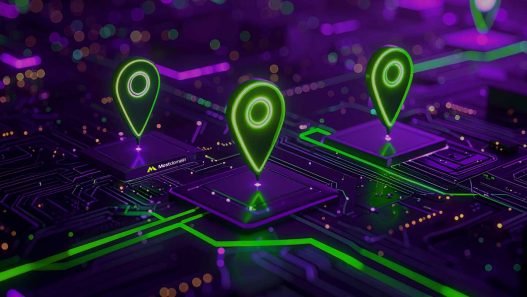

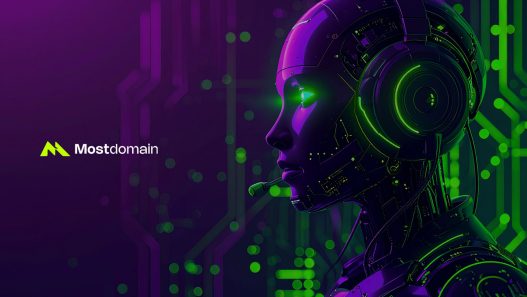




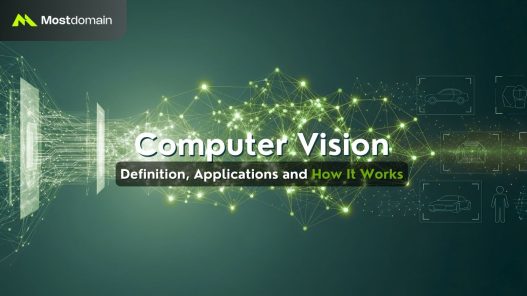
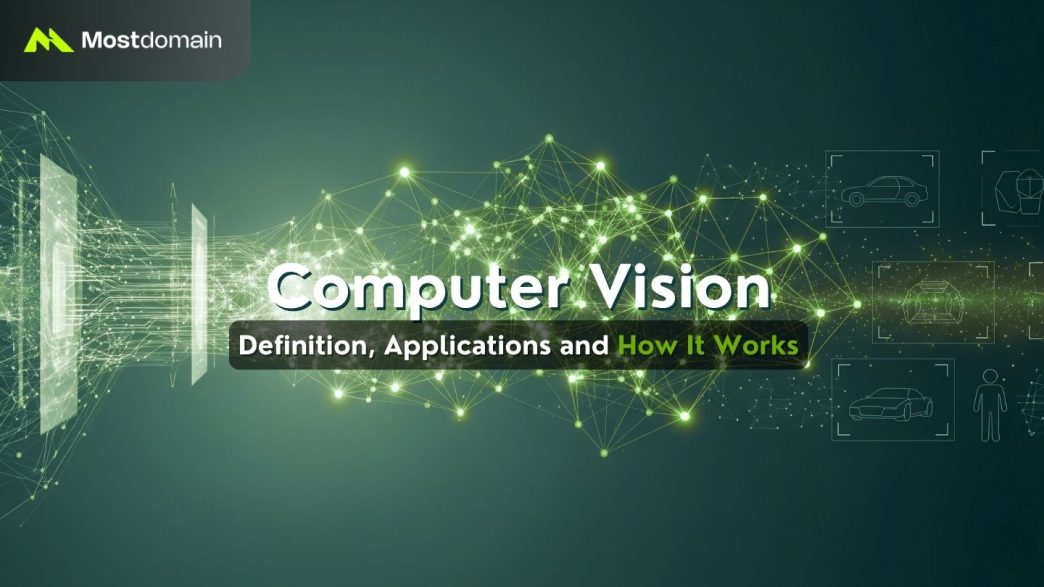

![AI Chatbot: Best Platforms, Implementation & Use Cases [2025]](https://mostdomain.net/wp-content/uploads/2025/08/AI-Chatbot-mostdomain.net_-95x95.jpg)

